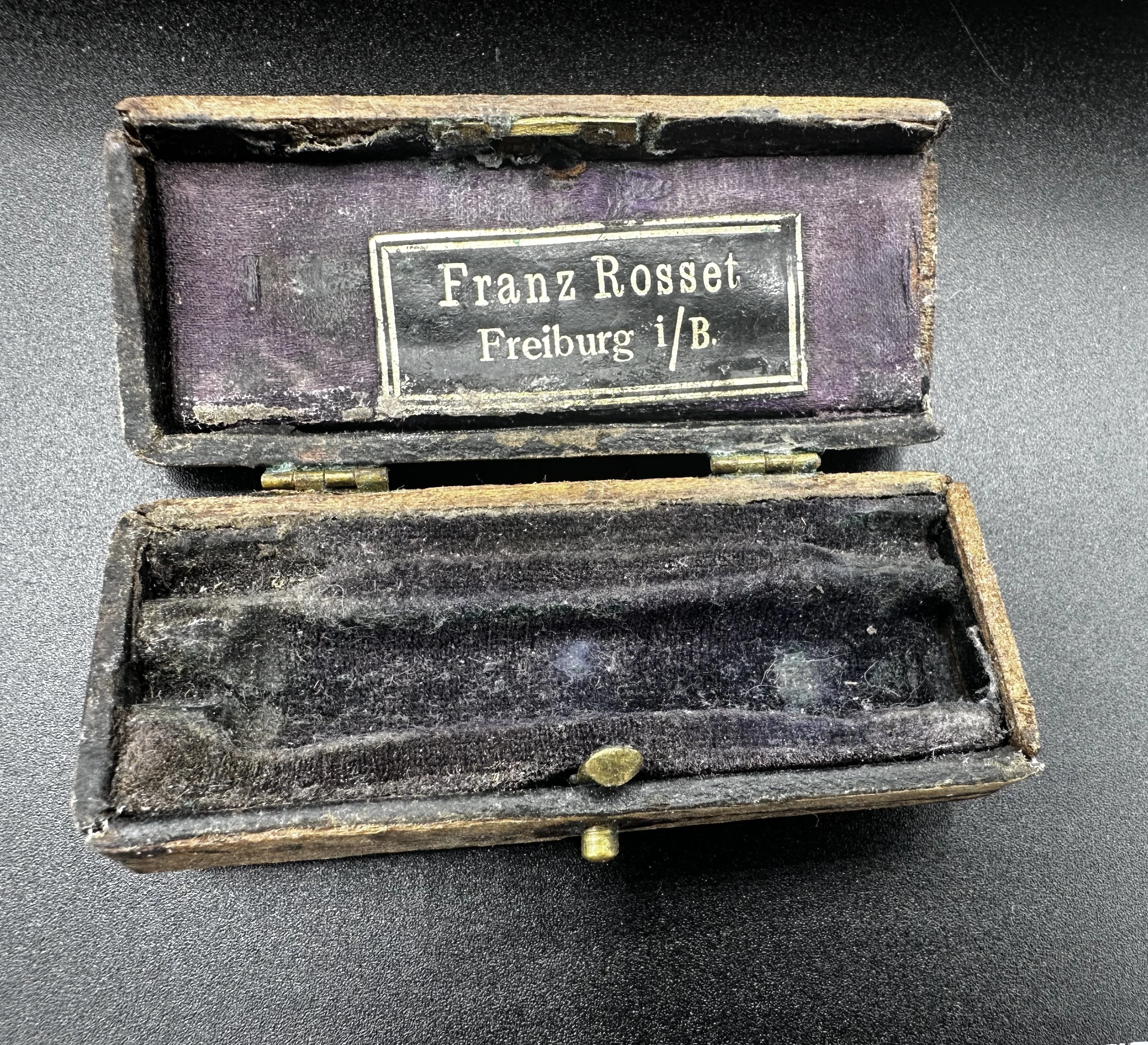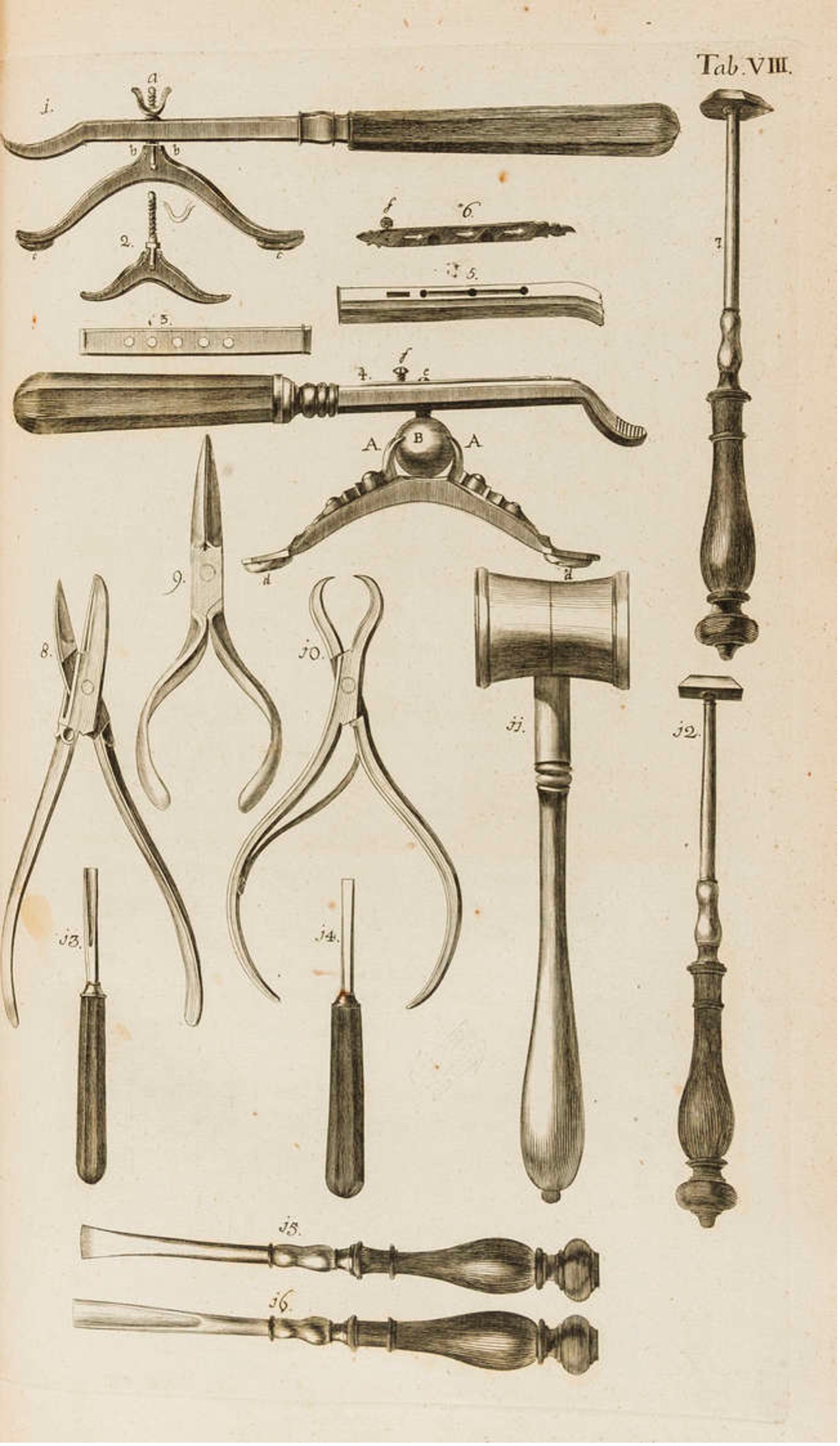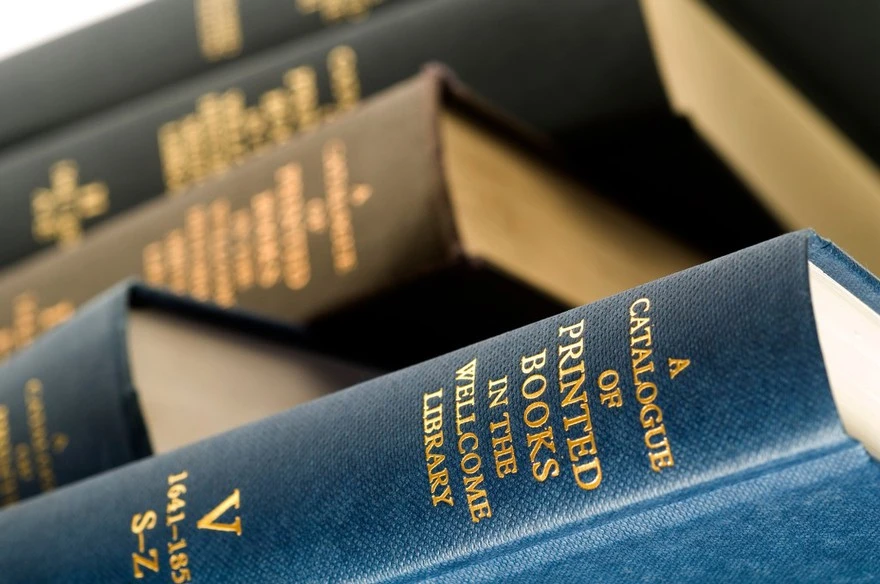Condition ratings

In the world of collecting antiques, including medical instruments, arms, and cutlery, items are often graded based on their condition. The condition ratings like C1, C2, and C3 are used to indicate the state of preservation and the amount of wear or damage an item has sustained over time. Here’s a general breakdown of what these ratings typically signify:
C1: This rating indicates that the item is in excellent condition. It shows minimal signs of wear or use and retains most of its original features and functionality. There may be very minor blemishes or imperfections, but these do not significantly detract from the item’s overall appearance or value.
C2: This rating suggests that the item is in good condition but may show more evident signs of wear or aging. There might be some loss of finish, small scratches, or other cosmetic issues. However, the item remains fully functional and the damage is not substantial enough to affect its utility significantly.
C3: This rating is used for items that are in fair or poor condition. These may have noticeable damage or significant signs of wear. There might be major scratches, dents, or even parts that are broken or missing. Items rated C3 are often still collectible but may require restoration to bring them back to a better state.
These condition ratings help collectors and dealers communicate more effectively about the state of an item and its potential value. They can vary slightly depending on the specific field of collectibles (e.g., books, firearms, medical tools), but the general principles of grading conditions remain similar across different categories.


